This article was co-authored by Pippa Elliott, MRCVS. Dr. Elliott, BVMS, MRCVS is a veterinarian with over 30 years of experience in veterinary surgery and companion animal practice. She graduated from the University of Glasgow in 1987 with a degree in veterinary medicine and surgery. She has worked at the same animal clinic in her hometown for over 20 years.
There are 10 references cited in this article, which can be found at the bottom of the page.
This article has been viewed 27,037 times.
Mast cells are part of the immune system, playing an important role in controlling the body’s response to allergens (allergy-causing substances) and inflammation.[1] When mast cells become cancerous and form mast cell tumors (MCT), they release large amounts of substances (histamine, heparin) that can make dogs sick. Gastrointestinal (GI) tumors, caused by excessive histamine release, are present in about 25% of dogs with an MCT.[2] If your dog has an MCT, be on the lookout for GI problems that indicate a GI ulcer. Then, take your dog to your vet so they can perform diagnostic tests to confirm the ulcer.
Steps
Recognizing GI Ulcer Symptoms at Home
-
1Observe vomiting. Vomiting is a common sign of GI ulcers in dogs with MCTs. Sometimes, there is blood in the vomit. The blood may either be fresh (bright red) or digested (dark ‘’coffee grounds’’ appearance).[3]
- An ulcer erodes the lining of an organ, causing irritation and bleeding.
-
2Look for black feces. If your dog has a GI ulcer caused by an MCT, its feces may look black. This black color is due to digested blood in the feces, caused by hemorrhage (excessive bleeding) in the GI tract. These black feces, called melena, will also have a tar-like consistency.[4]
- Dogs with GI ulcers from MCTs can also develop diarrhea.
Advertisement -
3Detect abdominal pain. GI ulcers can cause abdominal pain.[5] If your dog has abdominal pain from the ulcer, it may stretch out its body into a ‘praying’ position to relieve the pain. The ‘praying’ position is when a dog holds its head close to the floor and raises its hind end in the air.[6]
- Your dog may not want you to touch its belly because it hurts too much.
-
4Notice a decreased appetite. With a GI ulcer from an MCT, your dog will not feel like eating much, if at all. With your dog eating less, or not eating at all, it will lose start losing weight.[7]
-
5Watch for increased salivation. Sometimes, excessive drooling can indicate a GI ulcer in a dog with an MCT.[8] Observe your dog to see if it is drooling more than usual.
Getting a Veterinary Diagnosis
-
1Have your vet examine your dog. If you suspect a GI ulcer in your dog, take your dog to your vet for further examination. Your vet will be able to detect a sensitive and painful abdomen. They may also see pale gums if the ulcer has caused a lot of GI tract bleeding. However, the physical exam likely won’t provide specific clues indicating a GI ulcer.[9]
- During the physical exam, give your vet a detailed history of the symptoms you’ve seen at home, including when you first noticed them and how long they’ve been going on.
-
2Ask your vet questions. Asking questions will help you understand what is going on with your dog and what to expect next. Below are some questions you can ask:
- How will the ulcer be treated?
- How long will ulcer treatment last?
- How will I know the ulcer is gone?
- Will the ulcer come back after the end of treatment?
-
3Allow your vet to perform blood work. A blood sample will help your vet look for indications of a GI ulcer. Below are blood work results suggesting an ulcer:[10]
- Low red blood cell count, indicating anemia
- High white blood cell counts, indicating inflammation
- Low protein levels
-
4Let your vet visualize the ulcer. A physical exam, history of the problem, and blood work will give your vet important clues suggesting an ulcer. However, the only way to definitively an ulcer is by visualizing it. To do this, your vet will perform either abdominal surgery or an endoscopy.[11] Because abdominal surgery is expensive, invasive, and can have serious complications, your vet will likely recommend an endoscopy.
- To perform an endoscopy, your vet will anesthetize your dog and insert a thin endoscopy tube either down your dog’s throat or up through the large intestine. The tube has a camera at the end.
Handling the Diagnosis
-
1Create a treatment plan with your vet. After diagnosing the ulcer, your vet will make treatment recommendations for treating the ulcer. The sooner you decide on a treatment plan, the sooner your dog can start feeling better.
- When treating a GI ulcer, no matter the cause, it is important to treat the underlying cause.[12] Since your dog has an MCT, treating the cancer will also help treat the ulcer.
-
2Treat the ulcer with medication. Medications to treat GI ulcers focus on reducing stomach acid secretion and protecting the GI lining from further ulceration. With less stomach acid being released, the lining of the stomach and small intestine can heal. Examples of medications are omeprazole and sucralfate.[13]
- Ulcer medications are oral. If your dog doesn't like taking pills, try hiding them in a tasty treat.
- Follow your vet's prescription instructions carefully.
-
3Consider surgery to treat the ulcer. Sometimes, GI ulcers do not respond well to medication. If your dog is continuing to have GI ulcer symptoms despite treatment, contact your vet. They may recommend surgery to remove the ulcer.[14]
Warnings
References
- ↑ http://www.vet.upenn.edu/docs/default-source/ryan/oncology-handouts/final-canine-mct.pdf?sfvrsn=4
- ↑ http://www.merckvetmanual.com/pethealth/dog_disorders_and_diseases/skin_disorders_of_dogs/tumors_of_the_skin_in_dogs.html
- ↑ https://wagwalking.com/condition/stomach-intestinal-ulcers
- ↑ https://wearethecure.org/learn-more-about-canine-cancer/canine-cancer-library/mast-cell-tumors/
- ↑ http://www.lbah.com/word/canine/mast-cell-tumor/
- ↑ http://www.dogster.com/dog-health-care/pancreatitis-in-dogs-canine-pancreatitis
- ↑ https://www.petmd.com/dog/conditions/digestive/c_dg_gastroduodenal_ulcer_disease
- ↑ https://wagwalking.com/condition/stomach-intestinal-ulcers
- ↑ https://wagwalking.com/condition/stomach-intestinal-ulcers
- ↑ https://www.dvm360.com/view/gastric-ulcer-disease-dogs-and-cats-proceedings
- ↑ https://wagwalking.com/condition/stomach-intestinal-ulcers
- ↑ https://wagwalking.com/condition/stomach-intestinal-ulcers
- ↑ https://firstvet.com/us/articles/stomach-ulcers-in-dogs-and-cats#section_4
- ↑ https://www.petmd.com/dog/conditions/digestive/c_dg_gastroduodenal_ulcer_disease
- ↑ http://www.lbah.com/word/canine/mast-cell-tumor/
- ↑ https://www.dvm360.com/view/shock-physiology-and-pathophysiology-proceedings
About This Article
To diagnose ulcers caused by mast cell tumors in dogs, look for symptoms like vomiting, black feces, abdominal pain, loss of appetite, or an increase in salivation. If you suspect a GI ulcer in your dog, take it to the vet for an exam. In addition to a physical exam to detect abdominal discomfort, allow your vet to perform blood work to diagnose an ulcer. If the results come back positive, your vet will recommend an endoscopy to visualize the ulcer. After a diagnose has been made, prepare to treat the ulcer with medication to reduce stomach acids and protect the GI lining. For more tips from our Veterinary co-author, including how to treat your dog’s ulcer with surgery, keep reading!
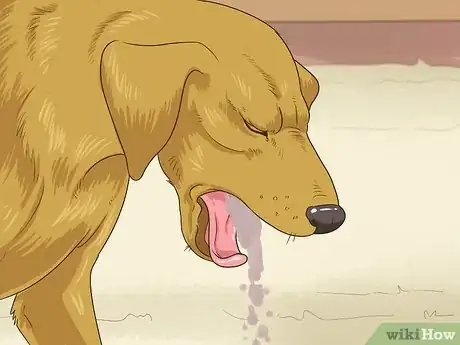
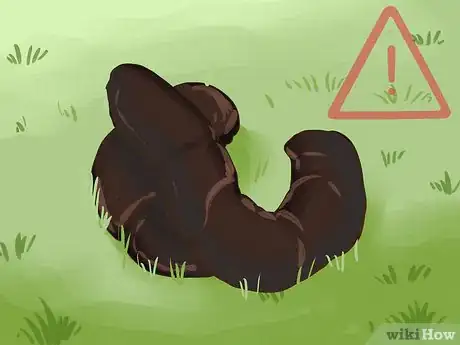
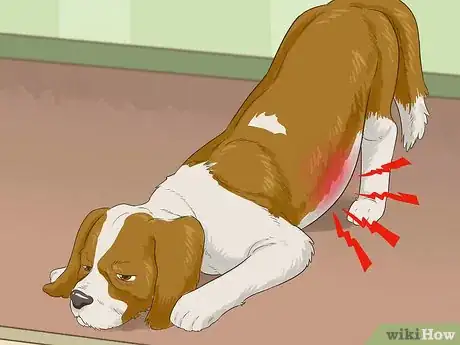
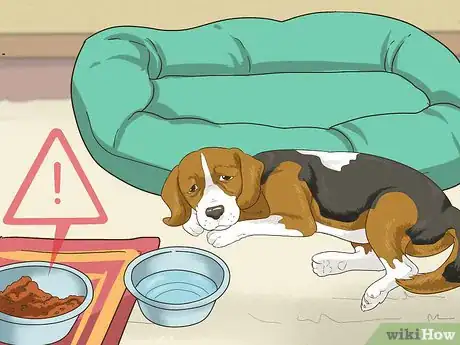
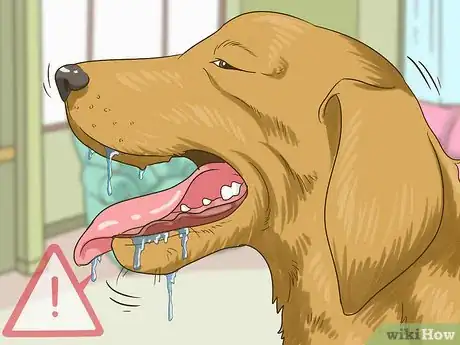
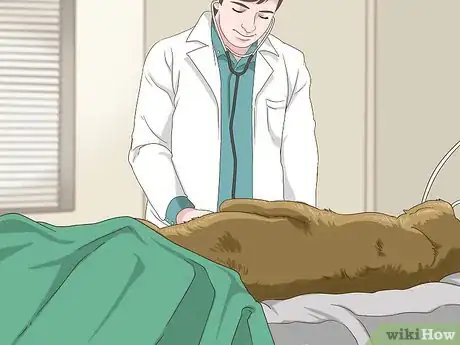

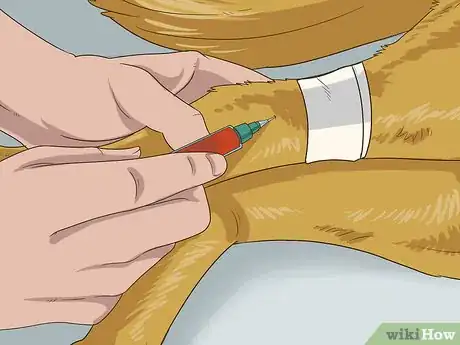
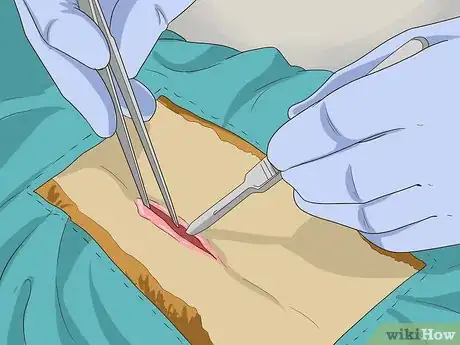
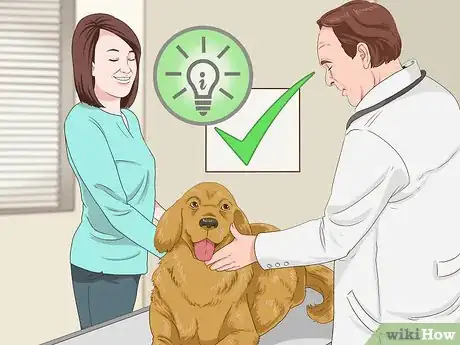
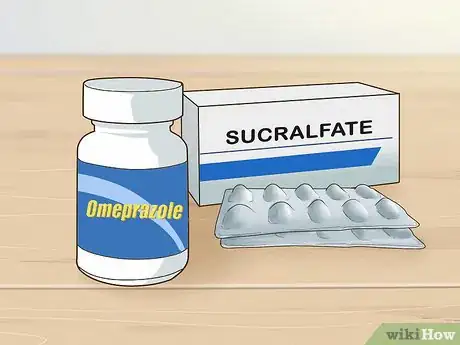
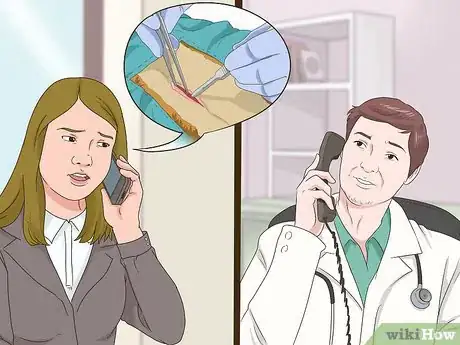

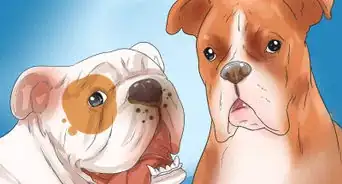
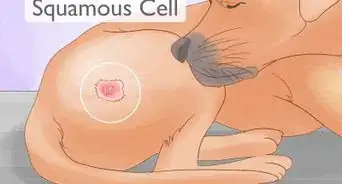


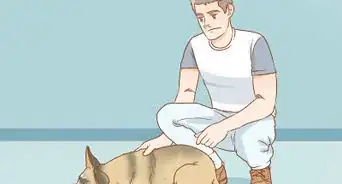







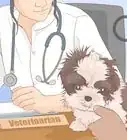

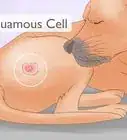





































Medical Disclaimer
The content of this article is not intended to be a substitute for professional medical advice, examination, diagnosis, or treatment. You should always contact your doctor or other qualified healthcare professional before starting, changing, or stopping any kind of health treatment.
Read More...